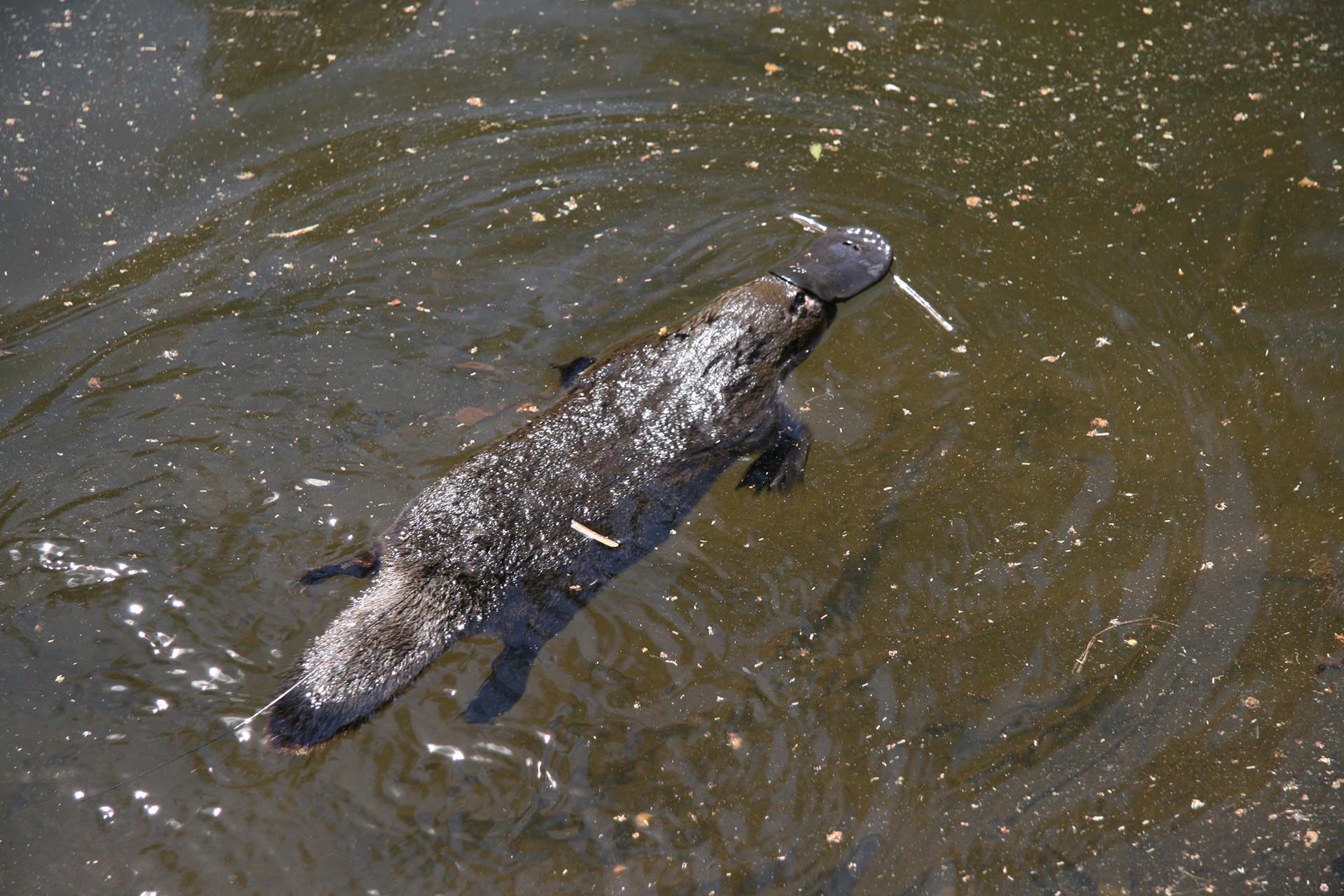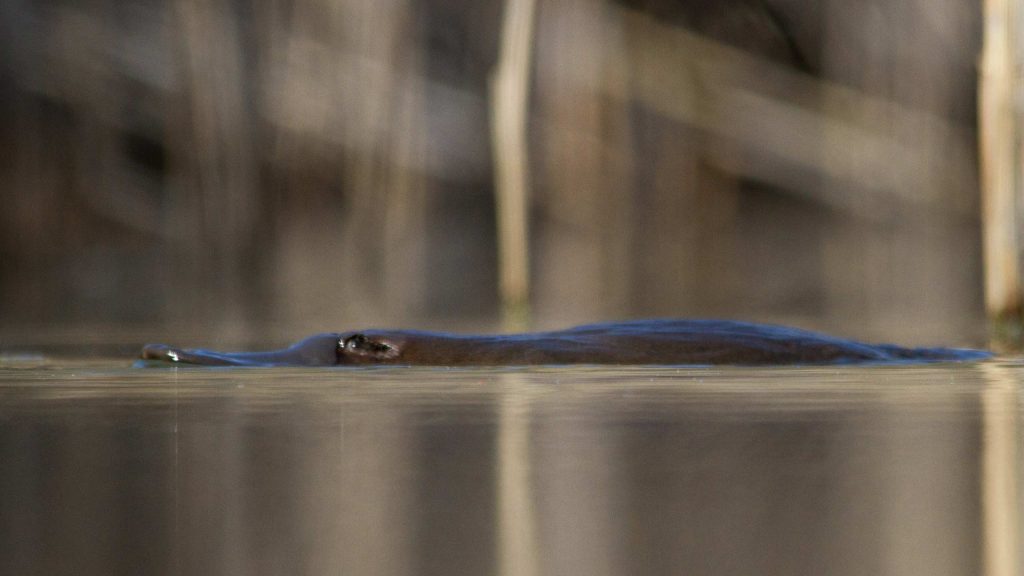What did the 2020 Black Summer mean for the ACT region’s platypus?
Each year, Upper Murrumbidgee Waterwatch runs ‘Platypus Month’, a few weeks of focussed effort by citizen scientists to establish how many of these elusive monotremes there are in our region. Following the devastating bushfires of 2020, the team was unsure what they would find during their winter surveys.
Volunteering Type: citizen science
Banner image by Raw Shorty
Each year in August, Upper Murrumbidgee Waterwatch conducts a platypus survey to help everyone understand more about the resident population of these marvellous monotremes.
Given everything that 2020 has thrown at us, Waterwatch is very proud to say that Platypus Month 2020 was the best yet with more platypus spotted than ever before and ever-increasing interest and support from the community in the ACT and surrounding NSW region.
In 2020, Upper Murrumbidgee Waterwatch monitored a very different river system to 2019. The record-breaking drought of 2018-2019 saw many smaller creeks and streams of the upper Murrumbidgee catchment cease to flow or dry up altogether.
Over the month of August 2020, 105mm of rain was recorded on top of an already wet year. Waterwatch and its trusty band of volunteers were then met with a different problem with some surveys postponed due to access and high flows making it difficult to spot platypus.
Two of the survey’s regular Murrumbidgee River sites (Point Hut and Scottsdale) were impacted either directly or indirectly by the January-February 2020 fires. The volumes of sediment and ash that washed into the river from the heavy, post fire rain, smothered much of the river substrate. This is key habitat for water bugs which are the primary food source of platypus.

Fortunately, the wet conditions did not deter the platypus or the volunteers from showing up to the surveys. Over 300 volunteers participated in the surveys this year and noted 31 individual platypuses over eight ‘river reach’ sites across the ACT region!
This big increase (up from eleven in 2019) was in part due to the addition of three new sites. The new sites were the Queanbeyan River, Mittagang Crossing (on the Murrumbidgee near Cooma) and the Sanctuary Wetlands at Tidbinbilla. These three sites combined produced 16 of the 31 individual platypuses that were detected this year.
Even without these additional sites in the mix, volunteers still detected more platypus at the five sites that were surveyed last year, with fifteen individual platypuses detected.
Of note was the complete absence of rakali (native water rat) at half of the sites surveyed.
Overall, it appears that the increased flows through the system due to the wet weather this year have positively outweighed any negative effects that fires may have had on platypus at the sites surveyed, at least in the short term.
Past research by the Australian Platypus Conservancy has suggested that a wet autumn and winter may support a successful breeding season in the spring. The general increase in platypus activity across all sites this year appears to support this.
How can I help platypus in our region?

One thing that we can all do to help platypus right now, is to pick up litter. There are too many examples of hair ties or plastic milk bottle rings getting caught around platypus which can rub through their fur and compromise their ability to maintain body temperature. This often leads to death. Another common scenario is platypus getting caught in discarded fishing line or fishhooks and drowning. In fact, two Waterwatch volunteers captured images of such occurrences during our surveys.
If you are keen to collect data on platypus and rakali in between Platypus Month Surveys, you can share this on the new Platy and Ratty Data Portal. Here you can share information and photos of your sightings of these charismatic creatures.
Waterwatch is continuing to work towards strengthening the methods for collecting platypus data so that it can be used to better gauge the status of platypus populations in the ACT region.


